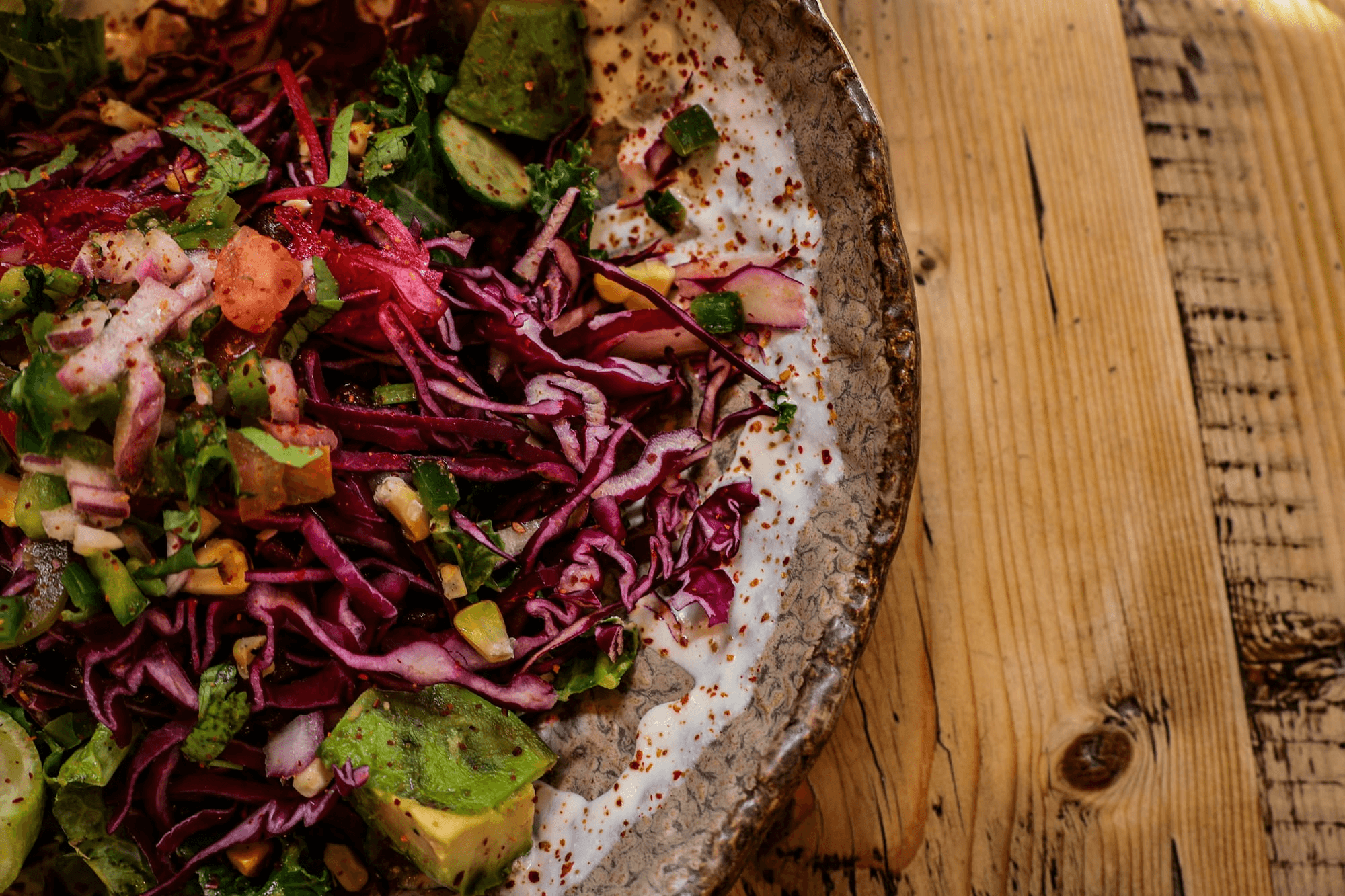3
min read
Most of us are consuming too much meat. If that’s your case, you’ll probably be thinking you can’t or won’t go without it – but you don’t need to.
Let us walk you through some facts before we jump right in with some tips and suggestions to reduce meat consumption and still hit your daily needs.
Why should I consider reducing meat consumption?
There are plenty of reasons in favor of reducing (not excluding) meat consumption. They range from health, to animal welfare and the environment. Today, we’re going to be focused on the health aspect:
High meat consumption is related to cancer, heart disease, obesity and diabetes
Meat has less fiber than its plant-based counterparts
Reducing meat is generally associated with lower calorie and fat consumption
So, why reduce and not exclude?
Meat is a great source of protein, iron, zinc, vitamin B12 and countless other important nutrients. Although we can get some of these from plant-based products, it’s just not the same. Here are two examples:
Iron
Some plant-based products like spinach have amounts of iron as high as meat: 100g of spinach contains 2.7 mg of iron versus 2.6 mg found in 100g of meat.
Although it seems promising, plant-based iron (called non-heme iron) is not as easily absorbed as the iron found in meat (heme iron). Not being absorbed means it can’t perform what it was meant to - eg. carrying oxygen from our lungs to all our body parts. Around 15 to 35% of the iron in meat, fish and poultry is absorbed. When plants are our main source of iron, this value drops to 2 to 20%. If not monitored and properly adjusted, excluding animal products from your diet can lead to iron deficiencies and complications in the future (like anemia).
Protein
Protein is composed of amino acids - some of these are essential for us (we have to get them from food) and some are not (because we can produce them on our own). Let’s focus on the essential ones.
Protein found in meat has all the essential amino acids, thus is considered a complete protein. The great majority of plant-based protein sources, like beans, don’t have all the essential amino acids, which means they must be combined with other specific products to guarantee an adequate nutritional intake. Although it’s possible to manage this, it will either require a lot of personal research or the help of a certified nutritionist to help you avoid the nutritional deficiencies of a vegetarian diet.
What is “too much meat”?
Recommendations focus mainly on red and processed meat and can vary from country to country. In general, according to World Health Organization, that’s less than 500 g/week of red meat (≈3-4 meals) and a maximum of 150g/week of processed meat (≈1 meal).
Red meat includes meat from animals like: Cow, pig, sheep, horse, goat and camel.
Processed meat is the result of any animal’s body part that has undergone some kind of transformation - through salting, curing, fermentation, smoking or other processes to enhance flavor or improve preservation.
So how can I start?
Reducing meat consumption should be a process – diving head first and drastically changing your diet will only make it harder to stick to and to detect any negative or positive changes resulting from it.
Here are some practical tips to slowly start reducing meat consumption:
Make sure to get some blood tests done before you start and monitor frequently
Join the Meatless Monday movement
Start testing new recipes based on vegetables and wholegrains (even if they include meat)
Try out new protein sources like soy, tofu and seitan – make sure to season them with your favorite spices
Keep the daily mix of what you eat to 80% plant matter and 20% meat, dairy and seafood
It can be challenging to start all alone, but that’s why we’re here! Book a quick call and let’s start this journey together!













